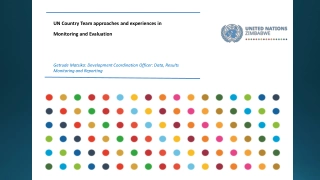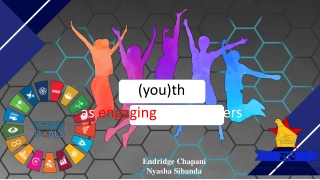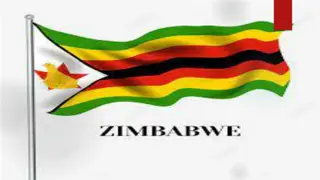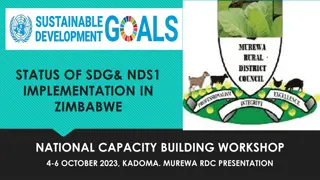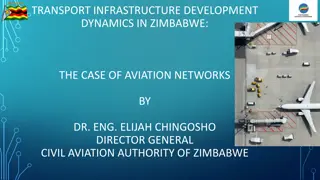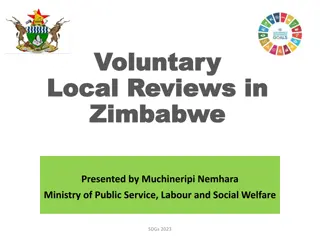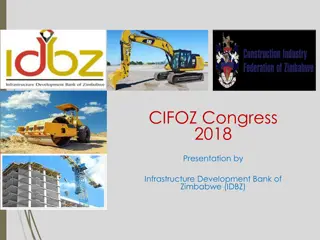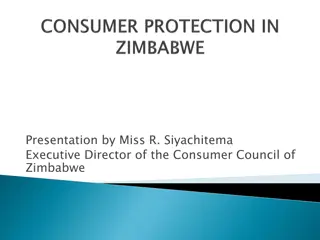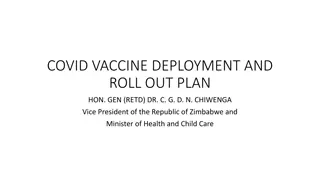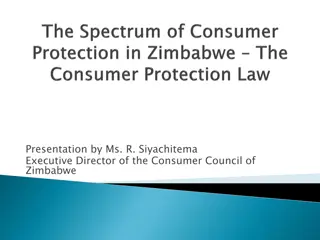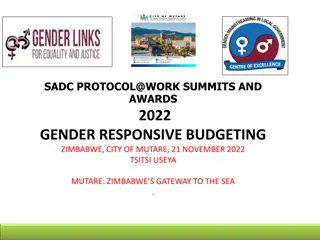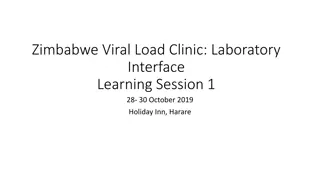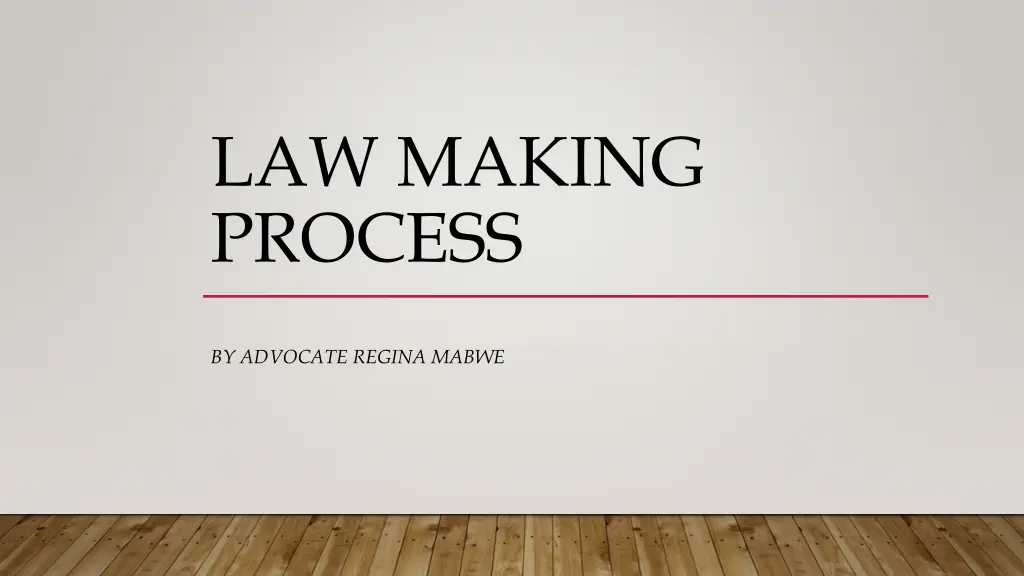
Law Making Process Explained by Advocate Regina Mabwe
Explore the law making process guided by Advocate Regina Mabwe, as she details the functions of the Senate and National Assembly, the legislative authority of Parliament, types of bills, and more. Understand how bills are initiated, the role of different arms of the state, and who can propose motions in the legislative process.
Download Presentation

Please find below an Image/Link to download the presentation.
The content on the website is provided AS IS for your information and personal use only. It may not be sold, licensed, or shared on other websites without obtaining consent from the author. If you encounter any issues during the download, it is possible that the publisher has removed the file from their server.
You are allowed to download the files provided on this website for personal or commercial use, subject to the condition that they are used lawfully. All files are the property of their respective owners.
The content on the website is provided AS IS for your information and personal use only. It may not be sold, licensed, or shared on other websites without obtaining consent from the author.
E N D
Presentation Transcript
LAW MAKING PROCESS BY ADVOCATE REGINA MABWE
ARMS OF THE STATE Judiciary Executive Legislature (national assembly & senate)
FUNCTIONS OF THE SENATE AND NATIONAL ASSEMBLY initiate, legislation-s130 of the Constitution may exercise conferred or imposed on them under any law. prepare, consider or reject any further functions
LEGISLATIVE AUTHORITY OF PARLIAMENT Exercised through the enactment of an Act of Parliament- s131 (1) of the Constitution An act of parliament is complete when a. presented as a Bill in and passed by both Houses of Parliament; and b. assented to and signed by the President c. When acts a and b are done in accordance with the Constitution
BILL proposal of a new law/ enactment May originate in either house except a money Bill s2 of Part 1 to the fifth Schedule Money bill is a Bill or law proposing the following a. imposing, increasing or reducing a tax for the benefit of the State; b. appropriating money from, or imposing, increasing or reducing any charge on, the Consolidated Revenue Fund or any other fund vested in or controlled by the Government; c. compounding or remitting a debt due to the State; d. condoning a failure to collect a tax due to the State; or e. condoning unauthorised expenditure by the Government.
TYPES OF BILLS Private deals with matters of a private or local nature bill Public bill Gvt bill & private member bills
WHO CAN MOVE A BILL OR MOTION? any Senator in Senate any Member of the National Assembly in the National Assembly any Vice-President, Minister or Deputy Minister in either the Senate or the National Assembly - A party who has moved a Bill or petition may introduce it in the other House- s3 - A party is only limited from moving a Bill under Part 3 by the Constitution or the standing orders
MONEY BILL Cannot be proceeded with or amended by either House except on the recommendation of a Vice-President, Minister or Deputy Minister s4 (1) (a) Cannot be tabled as a motion or an amendment if the effect is i) imposing, increasing or reducing a tax for the benefit of the State; appropriating money from, or imposing or increasing any charge on, the Consolidated Revenue Fund or any other fund vested in or controlled by the Government; compounding or remitting a debt due to the State; condoning a failure to collect a tax due to the State; or condoning unauthorised expenditure by the Government except on the recommendation of a Vice-President, Minister or Deputy Minister s4 (1) (a)- s 4 (1) (b) Receive a petition for provision of anything under (b) except on the recommendation of a Vice- President, Minister or Deputy Minister s4 (1) (c)
TRANSMISSION Once Bill is voted, it must be transmitted to the other house and the date of transmission recorded- s5 (1) The House must be introduced without delay after which it may be passed with or without amendment s 5 (2) If there are any amendments it must be sent back to the originating house, which can either accept the amendments or reject them s5 (3) The house that amended, may withdraw its amendment or agree to it pursuant to a resolution and convey that message to the other House s5 (4)
DISAGREEMENTS If within 90days a. Senate and the National Assembly have not agreed on amendments to be made to a Bill which originated in the National Assembly or b. the Senate and the National Assembly have not agreed on amendments to be made to a Bill which originated in the Senate c. a Bill that originated in the National Assembly has been rejected or has not been passed by the Senate -the bill may be presented to the President for assent in the form passed by the National Assembly-s6 the Bill cannot be presented to the President unless NA agrees to present it for assent after 90days s(3)
IDENTICAL BILLS If, in the opinion of the Speaker, a Bill which (a) originated in the National Assembly; and (b) was introduced into the National Assembly within ninety days after a previous Bill originating in the Senate was introduced into the Senate; contains provisions identical to those contained in that previous Bill, except for minor changes required by the passage of time, s 6 (1) applies and the 90days stated in (a) and (c) is reckoned as eight sitting days
PRESENTATION OF BILL must be accompanied by a certificate from the Speaker stating that the Bill is one to which s6 applies and that the requirements of s6 have been satisfied A Bill presented to the President in accordance with this paragraph is deemed to have been duly passed by Parliament in the form in which it is presented to the President
BILL IN THE NATIONAL ASSEMBLY First readi ng assen t Trans missi on to other hous e Refer ence to PLC Publi c heari ngs by PPC Third readi ng Refer ral to PLC Secon d readi ng Consi derati on by speci al Com mitte e repor t

